A great website is essential for a successful business in this digital age. The website development process can seem intimidating though, especially if you have no background in web design. From initial layouts to final launch, there are a lot of steps to creating a user-friendly, creative, and modern website. In most cases, finding a reliable team with experience in web design, such as Sharp Wilkinson, is your best bet for a website that will catch your clients’ eyes in this competitive digital landscape. From start to finish here’s what you can expect when creating your new website with a web development team.
Site Mapping
Every site begins with deciding what pages are going to be included and where they will be placed. This process is a part of site mapping. A site map lays out all the pages and important sections on your website. A sitemap will resemble a flow chart. The top of the map is your homepage and the pages listed in your navigation. Under each of these will be the sections (s) and pages (p) under that heading. A page will be in a dropdown menu under the main heading and may have its own sections under it.

An example of what a site map would look like.
Wireframing
A wireframe is used to set up the basic layout of your site. It is typically in black and white and will not include pictures or copy. Rather, we include placeholder boxes and lorem ipsum text, respectively. Wireframing gives you the opportunity to move sections and pages around before spending a significant amount of time designing. You can think of it as a blueprint for your site.
Mockups
Mockups are the next step after finalizing the wireframe. A mockup is built for each page layout and shows the whole page as you scroll down. This is where pictures and placeholder copy are added to show what the site will look like once built. This is another chance for clients and designers to move things around and add or remove sections.

This side-by-side comparison of a wireframe and a mockup shows the differences in the two steps.
Site Setup
Once mockups are complete, it’s time to move on to preparing the backend of the website for the build. Site set-up can either be done on the official site or a temporary dev site. For our websites we use WordPress and the plugin Divi. With these we can go into the site before building begins and set fonts, colors, navigation, footers, and more. This cuts down on build time later since all that information will be stored and automatically uploaded on each page. For example, you won’t need to change the heading font and size on each page since it is set to follow the theme.
Building
Next comes the step everyone is excited for: building the actual site. Using the mockup as a guide our web team uses Divi to build out the site. Divi is a visual builder, meaning the designers can see what they are doing in real-time, rather than having to code, upload, and then test. Building is when final images and approved copy are added. Sections that are going to appear on every page are saved as global sections and if a change is made to it on one page it is made to it on every page.
Depending on the size of the site, the amount of time needed to build can vary. A simple one-page site might be done in a day, whereas a 15-page site may take a couple of weeks.
Site Testing
Once the site is built, the next step is to test to make sure the site is running smoothly. During the testing phase, all links on the site are checked to ensure they are working and going to the right place. Copy editors check each page one more time for spelling and grammatical errors. Web designers modify the site to be usable on mobile devices. This is also when the site is sent for review to clients and project managers.
Launch
Now that the site has been built and tested, it’s time for launch. Launching a site will depend on the hosting platform and builder. Sharp Wilkinson uses a platform called ManageWP for our site launches. It is important to perform a website backup before initiating the launch to ensure that if there are any issues, you don’t lose your existing site. Launching a site can be stressful and it is common for things not to work right away, but patience and retesting will get you the results you want.
SEO
The final step in the website development process is performing a Search Engine Optimization (SEO) audit. SEO is a way for search engines like Google to rank the information that is on your site and determine where it will rank on the search results page. A page with good SEO can land your website on the first results page on Google or even as the highly sought–after first result.
Some SEO, can be adjusted over time, like alternate text for images, but others you will need to wait until the site is live to perform. Once the site is live, our team goes through each page and checks for areas of optimization. These areas include heading tags, metadata, URLs, and page titles.
Websites are more important than ever in this digital age. A bad website will dramatically hinder a company while a good only will help a company flourish. Even once the website is live, the work is never truly done. Once the site is launched you will still need to keep plugins and themes up to date, revise content as things change, and add new pages. A reliable website partner can make this maintenance work a breeze. To learn more about Sharp Wilkinson’s website services contact us today.
![20250616_SPW_SEOSmallBizGuideCTA • Sharp Wilkinson Boost Your Online Visibility! Unlock the secrets to a top-ranking website with our FREE SEO Guide for Small Businesses. [Download Your Guide Now!]](https://sharpwilkinson.com/wp-content/uploads/2025/06/20250616_SPW_SEOSmallBizGuideCTA-1024x512.png)





